In today’s digital age, social media platforms have become integral to our personal and professional lives. With almost 900 million members, LinkedIn has emerged as a popular marketing tool for businesses, particularly in B2B. Not only great for making professional connections and fostering business relationships, sharing regular posts to your LinkedIn business page and personal profile can raise brand awareness and drive traffic to your website. But have you considered creating a LinkedIn newsletter for your content strategy?
Agency Insights
Here at The Munro Agency, we’ve recently been helping one of our clients to niche down and become the go-to service provider in a specific industry sector. Operating in a competitive environment rich with regulatory requirements and hinged on building meaningful relationships and partnerships, this long-term goal comes with many challenges and requires a complex marketing strategy.
So what’s one way we could help this client stand out to their ideal clients, spark conversations, and ultimately generate leads? Creating a LinkedIn Newsletter is one tactic we’ve deployed to drive thought leadership and build authority around topics that resonate with their target audience. This article will explore LinkedIn newsletters and how they could benefit you and your business.
What Is a LinkedIn Newsletter?
A LinkedIn Newsletter is a set of regular articles published on the platform, which allow LinkedIn users to subscribe and receive email and in-app notifications. It’s similar to a LinkedIn article but with increased visibility. For example, when you post an article, it goes on your timeline, and your network may come across it when scrolling through their feed. However, with the newsletter feature, the chance of your content being seen is higher due to those notifications. Plus, as subscribers are explicitly opting in – expressing an interest in the topic and hearing what you have to say – engagement can be higher too.
Why Should I Create a LinkedIn Newsletter?
LinkedIn newsletters allow professionals to share their expertise, insights, and ideas with a broad audience. It’s an opportunity to establish yourself as a thought leader, build your brand, and engage with your audience. You can create the newsletter from your business page or your profile, depending on your goal. If you’re aiming for thought leadership, the latter makes more sense. Much like traditional email newsletters, company LinkedIn newsletters can be great for sharing educational resources and tips on a topic your company is an authority and that your audience would find useful. In this instance, you might consider personalising the publication by making it collaborative and engaging for different team members to contribute as authors.
Benefits of LinkedIn Newsletters
We’ve already touched on some of the big overarching benefits of starting a LinkedIn newsletter, like establishing thought leadership and increasing reach. But what about some specifics? Let’s look at a few benefits and examples.
1. Stay Top of Mind
Let’s say you are already using LinkedIn for lead generation as part of your overall sales and marketing strategy to build your network and create connections in key industry sectors. A LinkedIn newsletter is a discreet and non-salesy way to nurture those connections into more meaningful relationships.
Without directly reaching out or engaging with them, you will show them your passion and expertise through the valuable content you regularly serve. In addition, by repeatedly flashing up on their radar, you subconsciously increase your know/like/trust factor so that you are top of mind when they have a problem in the future. Similarly, when you have something specific to offer or present, those prospects are already a lot warmer and, therefore, more likely to turn into qualified leads and hopefully convert to sales.
2. Drive Traffic to Your Website
As business owners and managers, we must not forget why we’re all here. To do business. To make sales. While there’s an obvious overlap on social media, where we frequently mix business and pleasure, when it comes to your content strategy, goals should be aligned with your business strategy.
Spending valuable resources on content creation should be pursued with conversions in mind. That means driving your audience to where they can buy from you. For most businesses, your website is the first stop on that customer journey. When properly optimised, clear calls to action (CTAs) will take your website, and visitors, directly where you want them to go, whether to complete a contact form, download a free resource, make a purchase, or book a call, for example. Moreover, once you’ve moved your audience from socials to your website, you open up opportunities for retargeting.
So how do you do that, and how can a LinkedIn newsletter help? Within your content, you can include links to supplementary resources on your website, and each article should also have a clear CTA at the end. What do you want them to do next? Sometimes it might be to encourage engagement (such as asking them to comment or share), and other times it may be appropriate to send them to your website. Perhaps the simplest way to make this work for you is by repurposing existing blog posts. For example, take a blog post from your website that covers a particular topic, condense and re-work the basis of the post into a newsletter, and then encourage readers to go and read the full blog post for all the juicy details.
3. Cultivate Brand Advocates
Not relevant to every business, but creating a sense of community around your brand can be powerful in building brand loyalty and cultivating brand advocates. By creating content around shared interests that resonate with your ideal audience, your newsletter can serve as a platform for your audience to connect, creating a sense of community and belonging often lacking in traditional marketing efforts.
Arguably less common in B2B, that emotional connection can increase engagement, foster a sense of brand loyalty, and encourage word-of-mouth marketing amongst industry professionals. A community can also serve as a valuable source of feedback and voice-of-customer research, informing your messaging and product development.
How To Start a LinkedIn Newsletter?
Setting up a LinkedIn Newsletter is simple. Here is a step-by-step guide on how to get started:
- Navigate to your LinkedIn homepage and click the “Write an article” option.
- Choose “Create a newsletter” from the drop-down menu.
- Choose a title for your newsletter and add a cover image.
- Write your content and add visuals such as images or videos to make it more engaging.
- Publish your newsletter and share it with your network.
Tip: If you want to start a newsletter from your personal profile rather than your company page, you’ll have to first make sure your profile is set to Creator Mode.
Key Considerations for a Successful LinkedIn Newsletter
Setting up the actual newsletter is the quick and easy part. However, before you reach that stage, careful consideration should be taken to ensure you create something valuable. Here are some critical steps to help you set up your newsletter for success…
Step #1: Identifying Your Target Audience
The first step in creating a successful LinkedIn newsletter is identifying your target audience. To do this, consider your niche, industry, and expertise. Who would benefit the most from your content? Once you clearly understand your target audience, crafting content that resonates with them will be easier. Next, ensure your newsletter description is clear and concise so your target audience can immediately self-identify. From those one or two sentences, anyone should be able to tell who it is for and what to expect.
Tip: The more targeted your audience, the easier it will be to address their pains/wants/needs/desires in your content, and therefore provide value that keeps people coming back for more.
Step #2: Defining Newsletter Goals
Once you have identified your target audience, defining your newsletter goals is important. First, ask yourself what you want to achieve with your newsletter. For example, do you want to build brand awareness, increase website traffic, or generate leads? Next, defining your content goals will help you create content tailored to your objectives. In addition, being clear on your goals makes it easier to define the call-to-action (CTA) for individual articles.
Tip: Think about how your newsletter ties into your wider content strategy and business goals for the year.
Step #3: Developing a Content Strategy
Once you have defined your target audience and goals, developing a content strategy is next. Your content strategy should include topics your target audience is interested in and align with your goals. The content should be engaging, informative, and easy to read. It would be best to consider how often you will publish and how you will make this happen.
Do you need additional tools and processes to assist with your content production? You may, for example, want to outline a handful of content pillars or “buckets” under an overarching theme and create a content production system to ensure you cover these evenly.
Tip: Try using a tool such as ClickUp or Notion to help you organise and plan your content.
Step #4: Crafting Engaging Subject Lines
An essential aspect of a successful LinkedIn newsletter is crafting engaging subject lines. A subject line is the first thing a reader sees, so it needs to be captivating enough to entice the reader to open the newsletter. Therefore, ensure that the subject line is clear, concise, and provides value to the reader.
Try brain-dumping a bunch of ideas and testing them out on your colleagues first. You could even use an AI tool such as ChatGPT to spark some initial ideas.
Step #5: Writing Quality Content
Once you have a strategy and subject line, it is time to focus on writing quality content. Your content should be informative, easy to read, and engaging. Incorporating visuals like images, infographics, or diagrams can make your content more appealing to readers. You may want to consider different formats, like including interviews. Additionally, ensure your content is error-free, has proper grammar, and is formatted for readability.
Tip: Read your article out loud to make sure it reads and flows easily.
Step #6: Promoting Your Newsletter
Once you have crafted a successful LinkedIn newsletter, promoting it to reach a wider audience is important. Share your newsletter on social media platforms like Twitter, LinkedIn, and Facebook, and encourage your colleagues to do so too. Additionally, you can include links to your newsletter in email signatures and on your website.
Tip: You can also save your best articles to the featured section of your LinkedIn profile.
Conclusion
LinkedIn newsletters are a powerful tool for professionals (or companies) to build their brand, engage with their audience, and establish themselves as thought leaders in their industry. However, creating a successful LinkedIn newsletter requires time, effort, and strategy. To create an outstanding newsletter, define your target audience, establish clear goals, develop a content strategy, and focus on quality content. By following these steps and consistently sharing valuable and insightful content, you can leverage the platform to achieve your personal and professional goals.

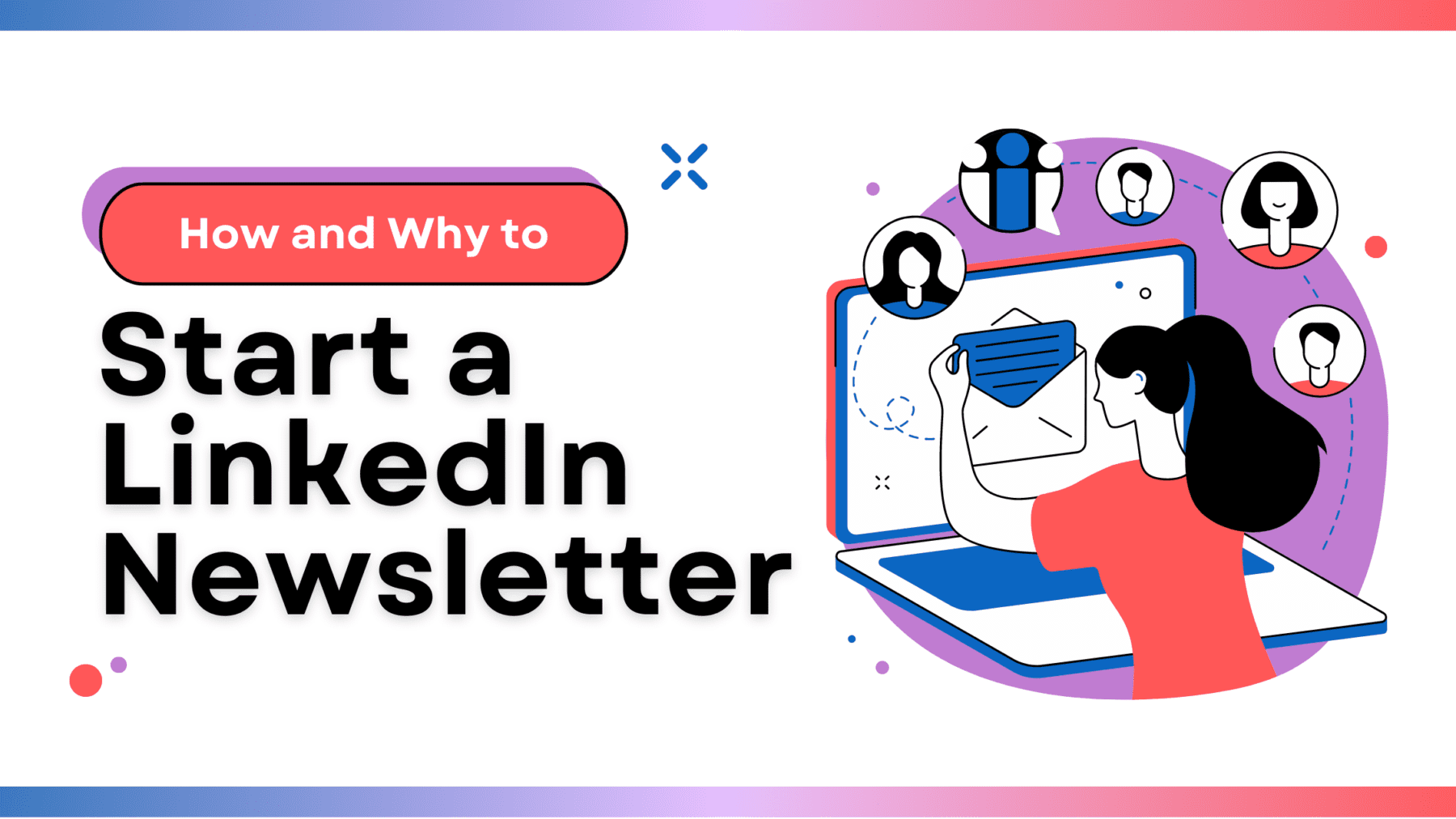
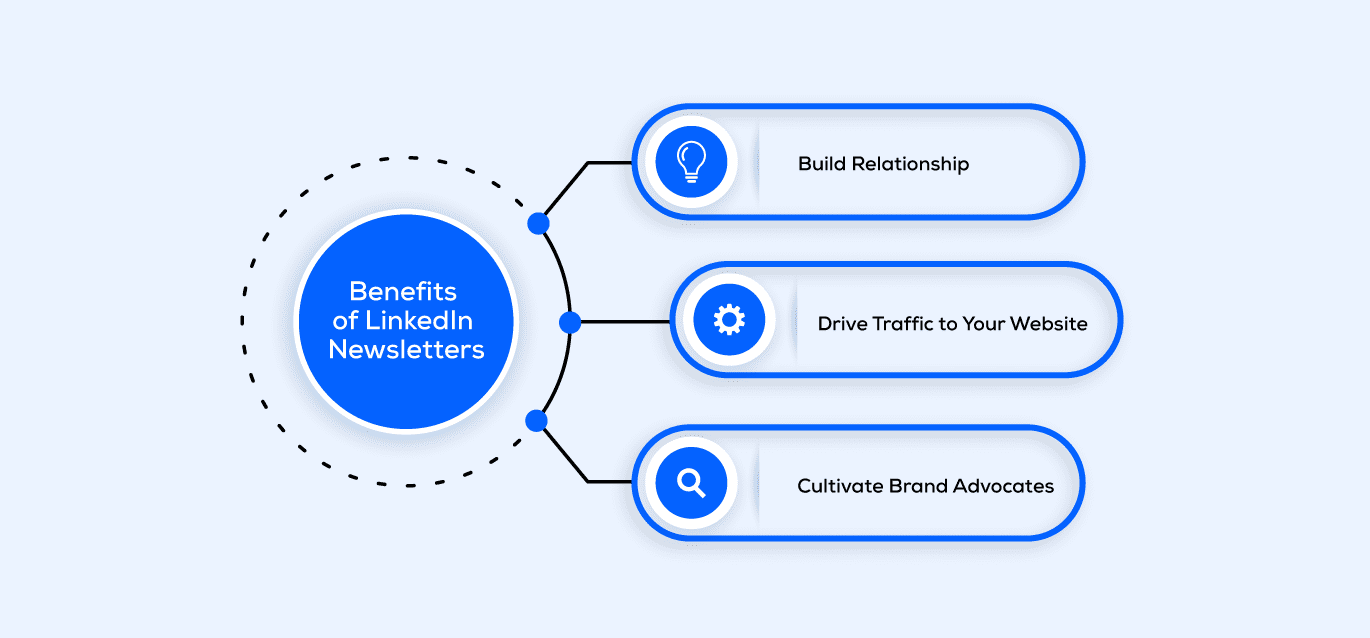
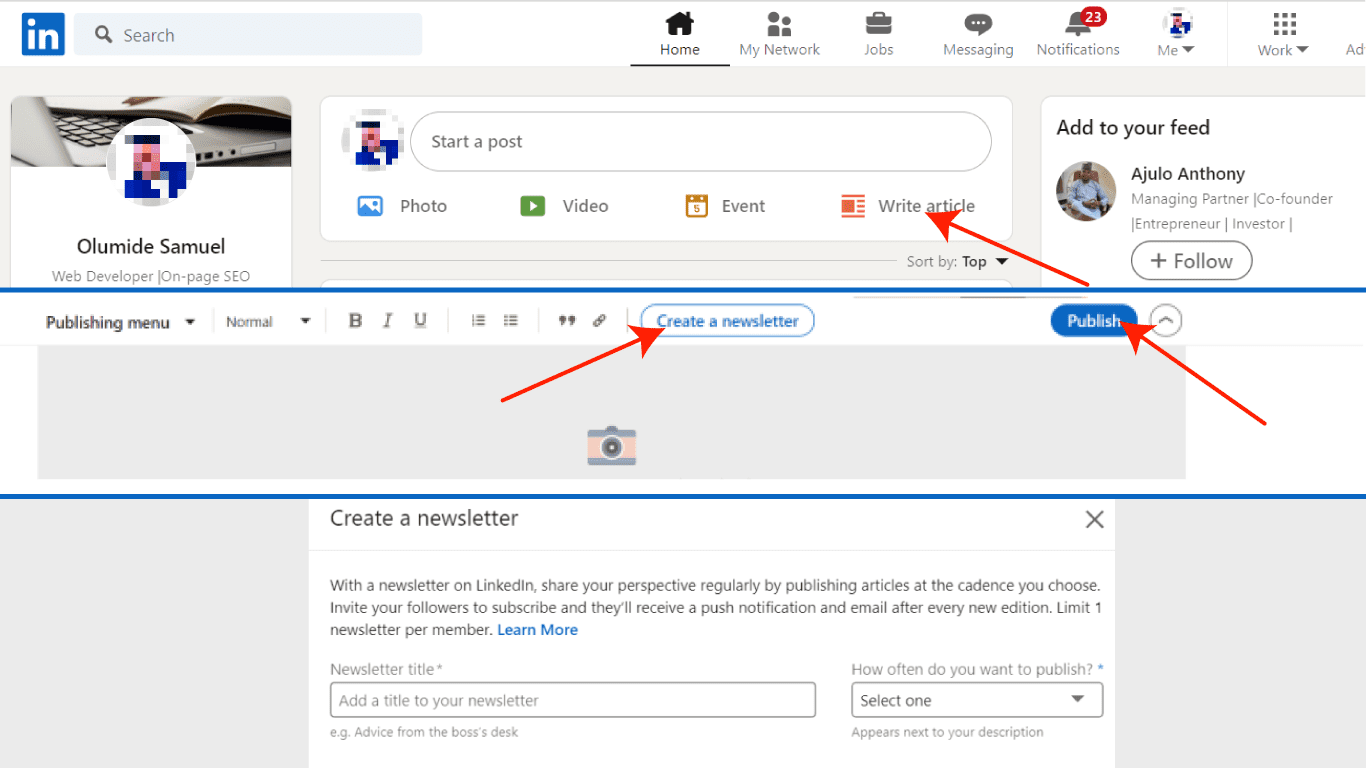
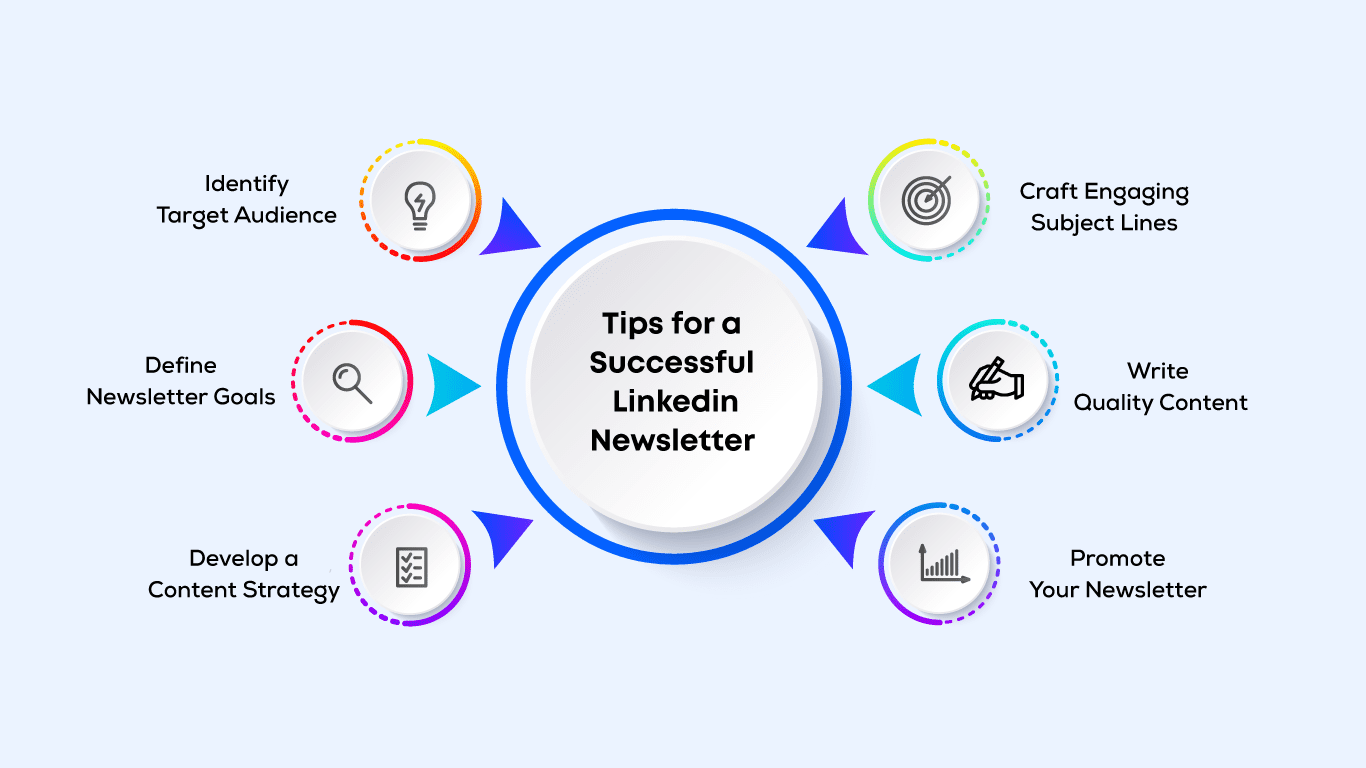

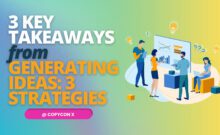
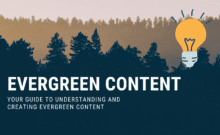

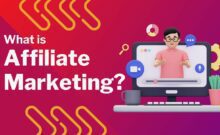
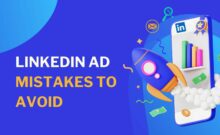
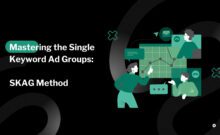

Leave a Comment